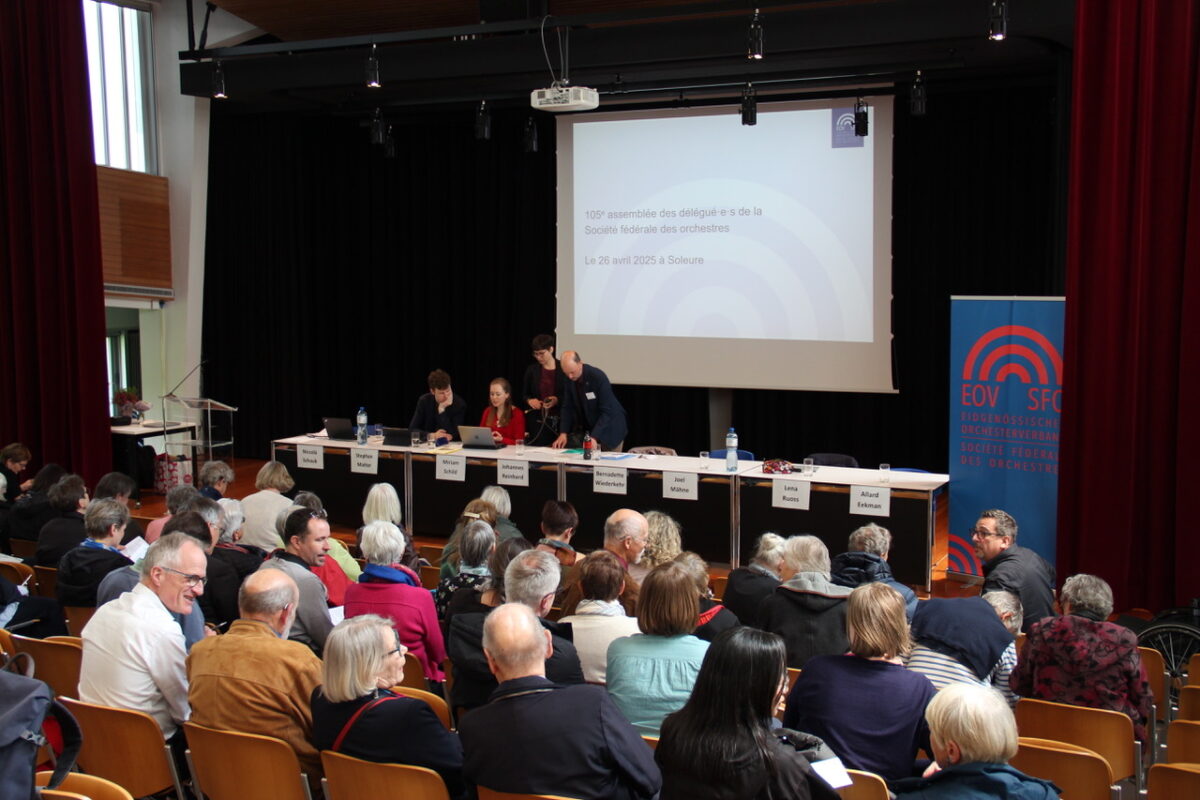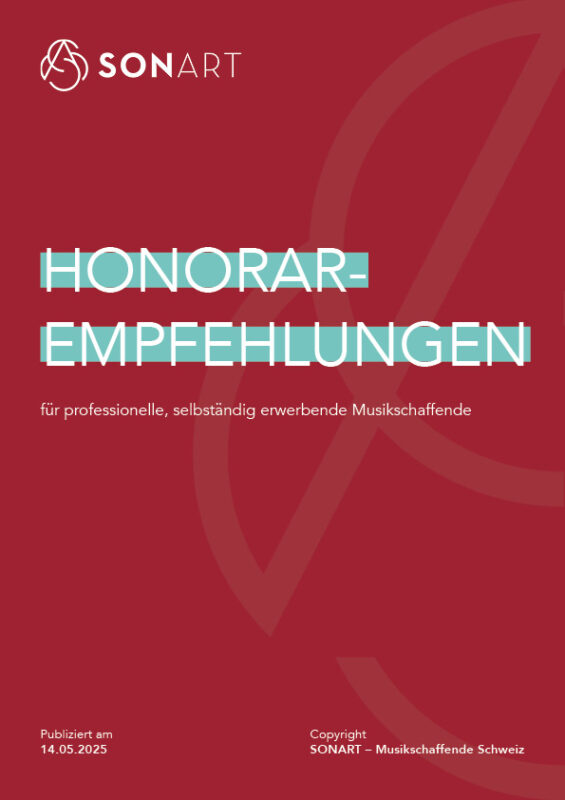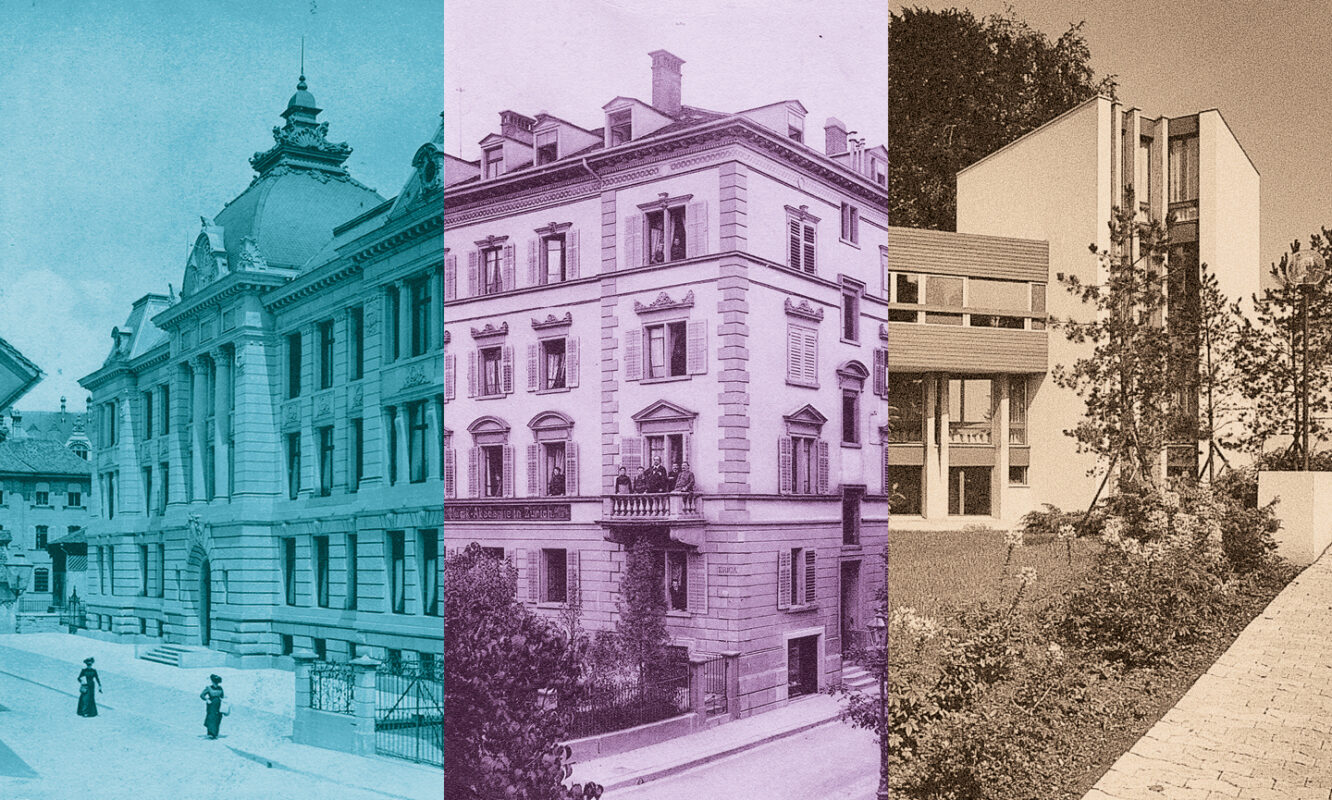1 firework and 2-3 niches
The 2022 competition ended with a colorful musical fireworks display. There are at least two and a half new formats to discover for 2023.

Heinrich Baumgartner - A colorful musical firework display at an extremely high level was set off on May 1 in the Great Hall of the Zurich Conservatory of Music on Florhof-gasse at the end of this year's edition of the Swiss Music Competition.
Twenty-nine individual and ensemble prizewinners from all four age categories performed music from Haydn to Wieniawski, from Saint-Saëns to Schubert, from Karg-Elert to Brahms, from Piazzolla to Bach, as well as a great deal of music from the 20th century - some of it music for teaching, but certainly suitable for concert performances. Some of the music was composed for the classroom, but it was certainly suitable for concert performances - by Keiko Abe, Gene Koshinski, Deborah Henson-Conant, Felix Holler, Greg Pattillo, Gilles Silvestrini, Fuminori Tanada and an original composition by an eleven-year-old competition participant.
Between the first movement of a Haydn string quartet that opened the marathon and the violinist who, four hours later, sent the audience off into the sunny Sunday afternoon in high spirits with a fiery paraphrase of Rossini's Barber of Seville, music formed on the piano, the recorder, the harp, the bassoon, the double bass, the marimba, the snare drum, the clarinet, the flute, the soprano saxophone, the oboe and the English horn as well as a singer formed a program with many surprises and a consistently high artistic level. The delicious aperitif that awaited the audience, performers and helpers between the two halves of the program also contributed to the good atmosphere.
Although there was also a blues on the Celtic harp in this firework display and a prizewinner beatboxed on the flute, solo pieces for snare drum and marimba sounded less "classical" in the conventional sense, this concert was the "Finale Classica". Although "Classica" is at the top of the homepage of the music competition, "Jazz & Pop", "Free Space" and "Composition" are right next to it.
However, this does not fully reflect the actual situation for the final of the competition: In addition to the hundreds of entries in the Classica section, just a dozen works were received in the Compositions section, with even fewer entries in Free Space and Jazz & Pop. It can't have been due to the conditions. Three acts that could not have been more different were presented at the final of the Jazz & Pop section on April 9 at the BeJazz Club in Bern. A double bass player and his sampling machine gave a first-class solo performance of a Thelonious Monk tune. This was followed by a pop song by one of the participants, who performed it with a touching voice and accompanied herself on the piano. Finally, the double bassist performed again, but this time as part of an eight-piece band, who played standards and a ballad by the bassist and also made extensive use of the space for improvisation. Despite the small number of participants, the event felt less like a competition and more like a regular concert in a jazz club. Thanks to the collaboration with the Bern Music School, the auditions for the music competition, which were held under the title Come Together were well embedded.
The Free Space and Composition auditions took place on April 29 in the auditorium of the Hirschengraben school building in Zurich. And here, too, there was much to hear and experience that was astonishing and enjoyable. From free improvisation on the piano to the astonishingly concise piano pieces with resounding names such as Stalactite caves, ladder to heaven or The wondrous world of elves and trolls freshly and virtuosically performed by the composers through to the music theater with five performers, entitled L'escargot furieux performed a mix of Nino Rota, chanson and French rap with a pinch of Zappa. The Free Space prelude was opened by a piece for ten trumpet players, who performed their piece in the middle of the audience.
Jazz&Pop and Free Space& Composition are two exciting new "playing fields", two niches of the Swiss Music Competition that definitely have the potential to further develop the competition as a whole. The composition of a young participant has made it into the program of the classical final and has not fallen behind the other program items at all. The prerequisite for these exciting vessels to realize their full potential is that they use every point of contact with the classical field for exchange, and this is only possible if these vessels become better known and more popular with participants and teachers alike. The idea and conditions of participation are described on the competition website. If you have any questions, please contact the office.








